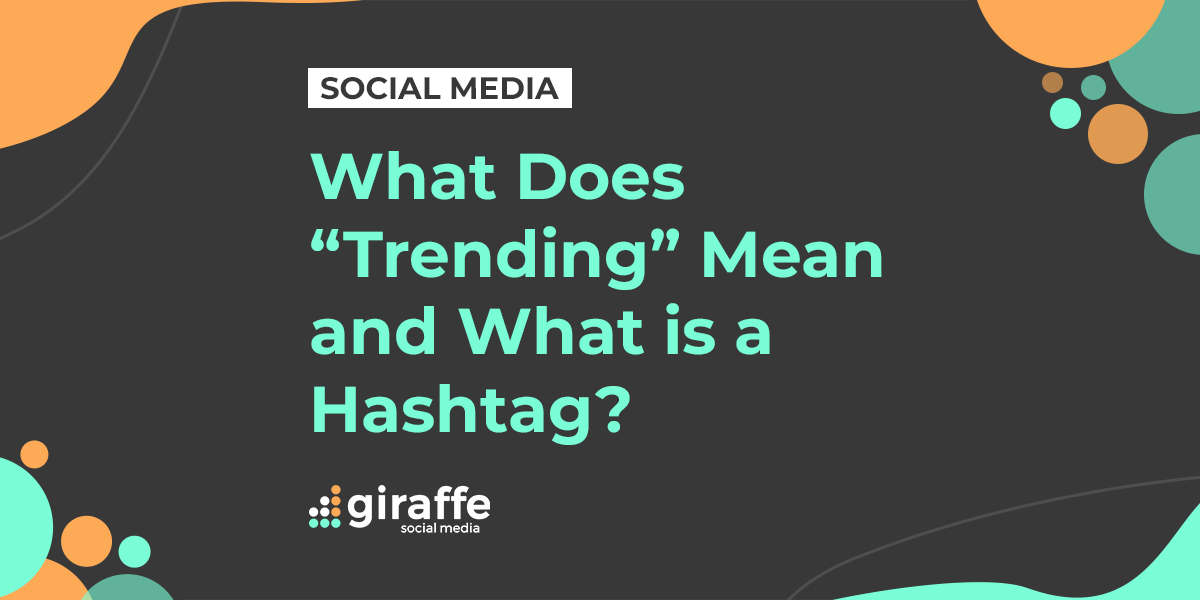If you’re familiar with social media at all, you’ll almost certainly have stumbled across the terms ‘trending’ and ‘hashtag’ by now. But what do they mean, and why would you use them? We’re here to give you the lowdown.
What is ‘Trending’?
Before the development of social networks, trending referred to physical items and sounds that were gaining a sudden increase in popularity. In the 1990s, we had Beanie Babies, the Spice Girls and that awful dance craze, the Macarena. However, the term can also describe the most popular conversation topics, often within major cities, countries or the world.
Quite often, they arise as a result of a major event. This could be the election of Pope Francis, the death of a famous figure, or television programs. They’re often also created by the fans of sporting teams and musicians, especially One Direction and that gracious human being, Justin Bieber.
Trending topics on social media are most associated with Twitter, but Google+ also provide a similar list of the most talked about subjects. They also include up and down arrows which indicate whether or not users are engaging with those issues. In addition, YouTube publicise the most shared and most viewed videos in the world. Facebook and Pinterest also promote the most popular news articles and images.
What is a ‘Hashtag’?
Twitter was also responsible for the now continuous use of #hashtags within social networks. Generally, hashtags are used to highlight a keyword or acronym which other users may utilise for search purposes. A good example is that if I were to write an opinion about a change to housing benefit on Thursday evening, I would use the #bbcqt hashtag at the end. When I was seeking curry house recommendations in the capital a couple of months ago, I used the hashtags #London, #Clapham and #Tooting. This helped to increase the visibility of my post. Subsequently, I secured three suggestions, although I didn’t actually listen to them in the end.
You should use hashtags carefully, though. This is particularly true if you happen to be a large corporation. Last December, the coffee chain Starbucks asked customers to post messages on Twitter and spread the cheer of Christmas. Unfortunately, they’d been criticised for their tax arrangements just weeks before. Inevitably though, the campaign was hijacked by messages including ‘Hey Starbucks, Scrooge was nicer to his employees than you are!’ and some others which although highly amusing, aren’t repeatable. Previous to this, the supermarket chain Waitrose asked people why they chose to shop with them, using the hashtag #waitrosereasons. This also led to some hilarious replies, such as ‘Clarissa’s pony just will not eat Asda straw’ and ‘it was the best place to pick up unicorn food and 24ct gold toilet paper’.
The lesson from this is simple: have a think before you publish.
By Alexander Blakey – Content Assistant
Edited July 2020





